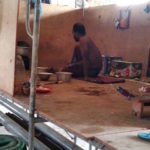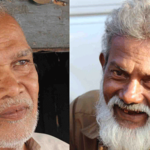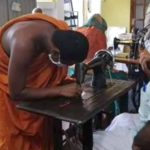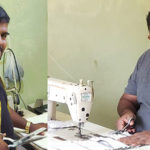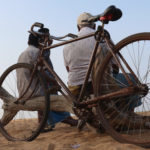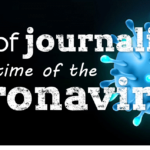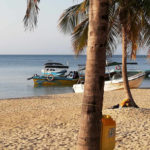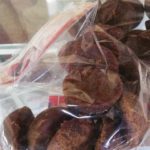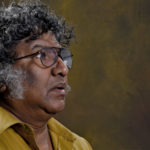Reconciliation Flows
Born on the Yan Oya River Dam
How shared problems within a multi-ethnic community can pave the way for reconciliation
Several large-scale irrigation projects have been initiated in Sri Lanka recently with many nearing completion at present. One such initiative is the Lower Yan Oya reservoir project. This massive irrigation project related to the Yan Oya River which begins at Sigiriya in the Central Province and flows freely up to Trincomalee where the river meets the sea. On her way, the river nourishes the Huruluweva reservoir. However, billions of litres would flow into the sea without proper use being made of the resource.
The main objective of building a dam across River Yan Oya was to cater to drinking water needs of people in the Eastern Province. Many have had to sacrifice their traditional villages for the benefit of others in recent years and bear their woes together, displaying a true story of reconciliation.
Kirihami (69) is a traditional farmer who once lived in the Wahalkada village of Horowpothana. “Drought is a part of life for those of us in the Anuradhapura and Trincomalee districts. We also suffer due to regular droughts. So we were happy about the new project. We have relations and friends in the Gomarankadawala area of Trincomalee. During the height of the war, they mostly lived either in the refugee camps or in our village. We know their woes. Cultivating at least one crop season is a dream for them because water is so scarce” he said.
“Sinhala, Tamil and Muslim people suffered together due to the war for three decades. We consider them human instead of by their ethnicity. They are smart farmers. Many of the farmers are Tamil. They will greatly benefit from this project. We are pleased about it. Previously, they had to travel for miles to fetch drinking water. They were caught between two wars, one for life and the other for water.
“It is true that we lost our land and cattle feeding lands because of this scheme. Now the reservoir is full, and our paddy fields are underwater. Some roads were permanently inundated and our relations distanced from us. However, we know that a large population receives water. They can cultivate both the Yala and Maha crop seasons now. We made this sacrifice for their benefit. We did our service as true Buddhists. I don’t know who created water, but we are water, and all of us own it,” Kirihami said.
The connection between Anura Wickramasinghe of Horowpothana town and the Yan Oya scheme is like the relationship between the tree trunk and its bark. He was meditating for people’s issues since the start of the project, and is now seen as a permanent representative of the project.
“In 2012, when the scheme was launched, we had a problem for whom the project was implemented. People objected when they were informed that one canal was dug to Padaviya and the other one would be diverted to Trincomalee. People began to claim water although they did not mind until this valuable resource freely flowed to the sea almost unused previously. We had to advocate a lot to change the minds of the people.
“People in Horowpothana protested, but people in Wahalkada did not because they were connected to people in villages like Gomarankadawala in Trincomalee via marital and other relationships.
“When the project was progressing slowly, people united in advocating for remedying the shortcomings. Tamil and Sinhala people in Gomarankadawala helped them. People forgot the ethnic and religious identities and united for rights. I did my maximum for these people.
“Now the reservoir is completed and full of water. However, the problems of the people remain. The displaced people were not properly compensated. The road connecting Horowpothana and Wahalkada are completely inundated. They have to travel via Kebithigollewa to reach the other village. According to the project plan, they must build a new road. However, they have not started it.
“The maximum loss due to the project occurred to the Sinhala Buddhist people. Some of their villages are completely inundated. The Aliyakada and Mawathaweva villages are fully underwater. Paddy fields that belonged to the farmers are no more. They have been provided land from the former Cashew Estate in Trincomalee. They live with Tamil people happily there. There are many shortcomings in the project. However, they are being remedied, and we are progressing happily.”
Peace-building based on the water was not a proclaimed aim of the project, although the area under it is the habitat of downtrodden masses of diverse religions and cultures. However, the newly built reconciliation among communities is an added advantage of the Yan Oya Scheme. People made sacrifices and learnt the way to help each other.

